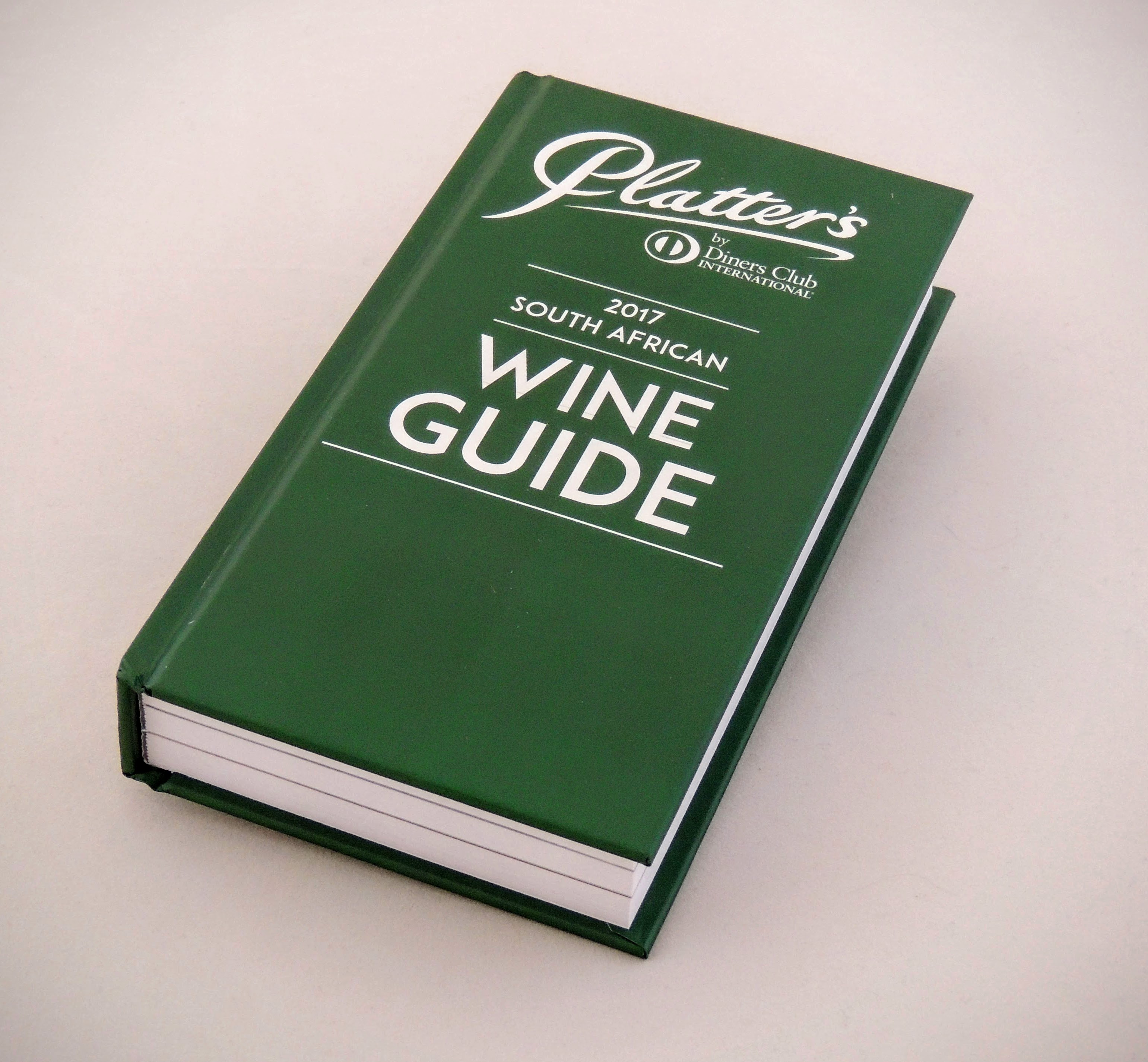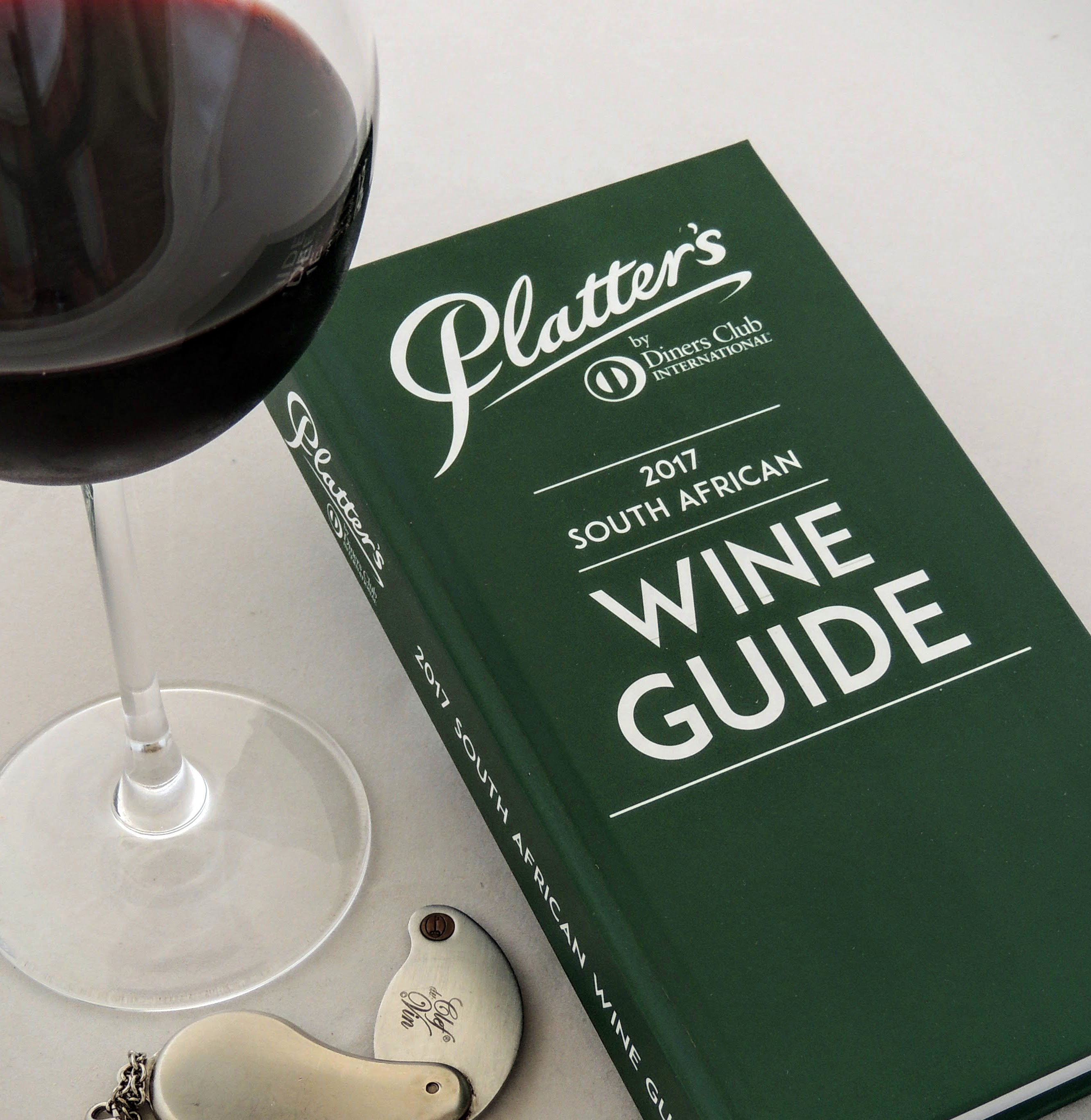
Assessing 5 Stars
Two weeks ago, a group of tasters were standing on the veranda of a Cape Dutch manor house on a Stellenbosch wine farm watching much-needed rain fall while waiting for their next flight of wines to be poured at the annual Platter Five Star tasting.
“I wonder if people really have any idea of what goes into the 5 Star selection of the Platter Guide?” one mused.
2018 marks the 38th publication of the guide to South African wines and while the publisher and editor may be in possession of the final numbers, specific details such as the number of 5 Star wines, red, white and sweet wine of the year and the bragging rights as Winery of the Year remain a secret known only to a handful of people. And I’m not one of them!

What is known is that the team of 14 tasters (Dr Winnie Bowman, Hennie Coetzee, Greg de Bruyn, Christine Rudman, Angela Lloyd, Joanne Gibson, Tim James, Dr Dave Swingler, Gregory Mutambe, Cathy Marston, Meryl Weaver, Cathy van Zyl, Samarie Smith and myself) assessed in the region of 900 wines 4½ Stars – all of which went into the three day 5 Star taste-off.
To qualify for inclusion in this final tasting, these wines had to be rated 90 to 94 points – or higher – on the 100 point scale. Publisher JP Rossouw said at the pre-tasting briefing that an additional day had to be added “but I think that’s possibly a reflection of the excellence of the 2016 vintage.”
With additional tasters (sommeliers, retailers, former Platter team members) invited to participate – including the original author of the Guide, John Platter, on a flying visit from his KwaZulu Natal home – the wines were set before panels of three judges.
The wines were judged blind and the only information provided was the vintage. No two judges tasted the wines in the same order so that the potential halo effect of a powerful wine overshadowing a subtler, less obvious wine in the very next glass could be avoided. So one judge started from the beginning of the flight, another tasting in reverse order from the back and the third tasted randomly after starting in the middle.
At the end of the flight each wine was discussed and a final score agreed upon on the basis of discussion and consensus. At this point, the panel then considered the home taster’s score – the person who had assessed the wine knowing precisely what it was. Where the panel’s blind score and the home taster’s (sighted) score differed markedly, the roving chairs – Master of Wine Cathy van Zyl and James Pietersen of Wine Cellar – stepped in to mediate.
This was to obtain an additional view on the wine, unbiased by the discussion which might have taken place – about the wine’s balance, fruit concentration, length or level of oaking or sweetness.
So, for example, all three judges on the panel agree that wine X is 90 points which would make it a straight (but still desirable!) 4½ – but the home taster had rated it 95 or 5 Star status. The roving chair needed to taste the wine and add their assessment. Factors which come into play is that firstly, the home taster quite obviously knew what the wine was and might have taken its track record into account whereas the panel tasted the wine against a lineup of its peers – the same style of wine and the same vintage. And did so without knowledge of area of origin or producer.

Similarly, the panel needed to get the roving chair to sign off on wines which were 94 or 95 (or higher) in their estimation – and which the original, home, taster thought was only worthy of 90 or 91 points.
Wines which rated 94/100 in this assessment are afforded elevation over all other 4½ Star wines in the Platter Guide, singled out for special mention as Highly Recommended wines on the page succeeding the 5 Star listing.
To be considered as a potential wine for the red, white or sweet wine of the year honour, the panel needed to score the wine at 97/100 – and there were less than 20 wines of the 900 judged over three days which attained that.
And while I won’t reveal which two or three categories the panels I served on assessed, the conversion rate of 4½ to 5 Star wines was low. Of between 80 and 90 wines in one particular category, our panel deemed just seven or eight worthy of 95 points or higher.
There can be no doubt that a Platter 5 Star rating is still one hell of an achievement. This is no gong handed out like a lollipop... And the wines tasted truly were the best of the best, providing vindication of the ever improving quality of South African wines.
-Fiona McDonald
